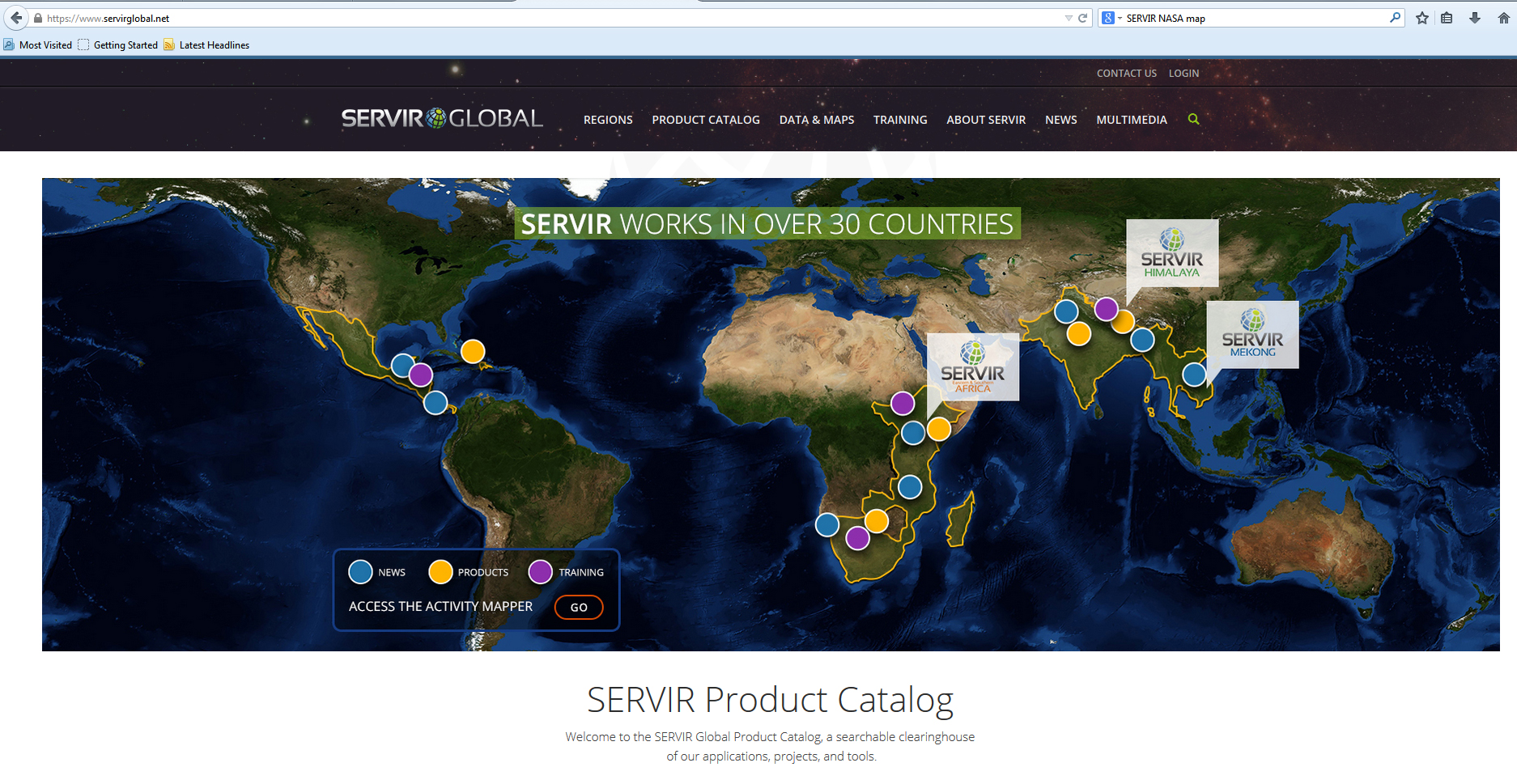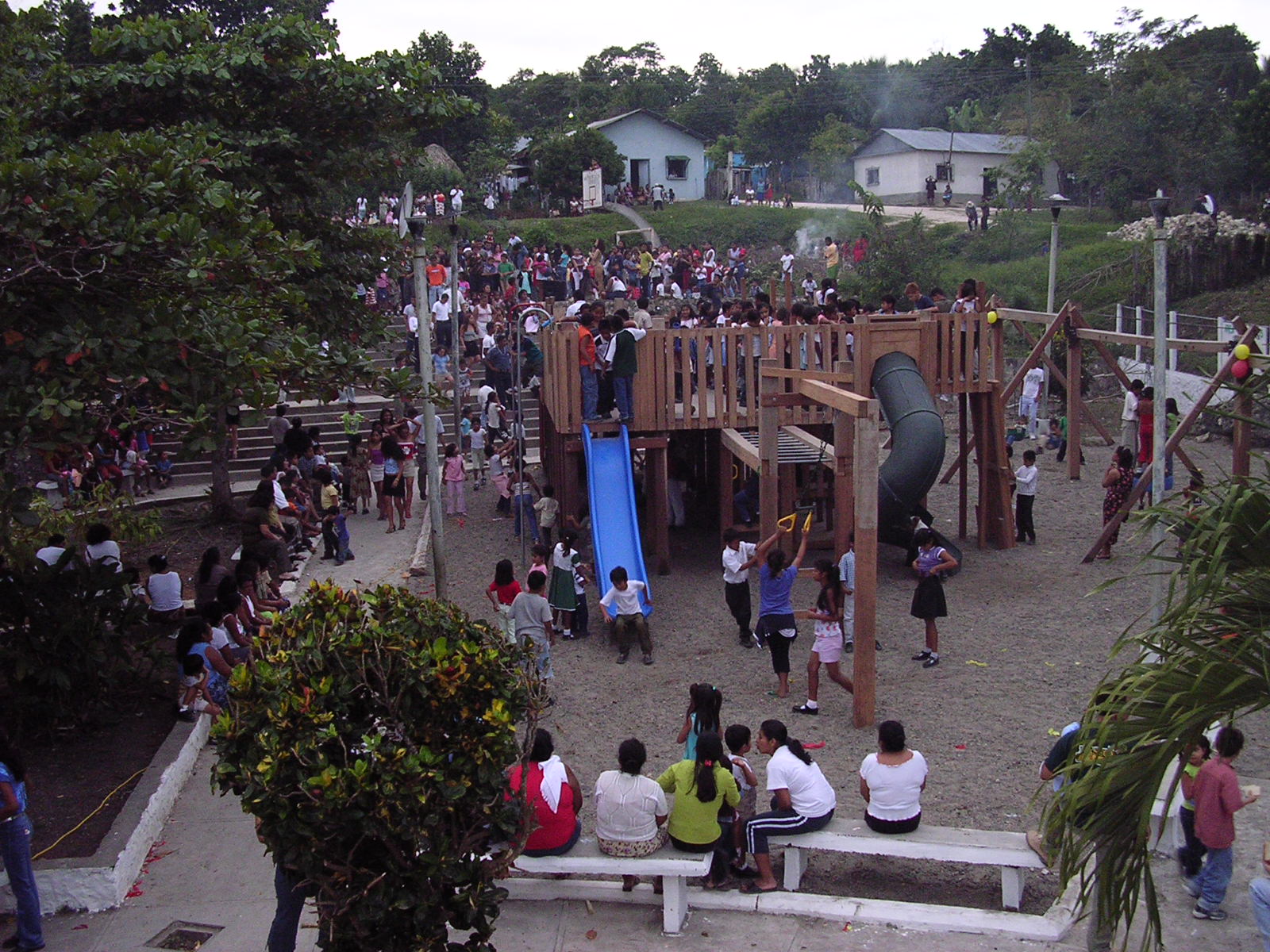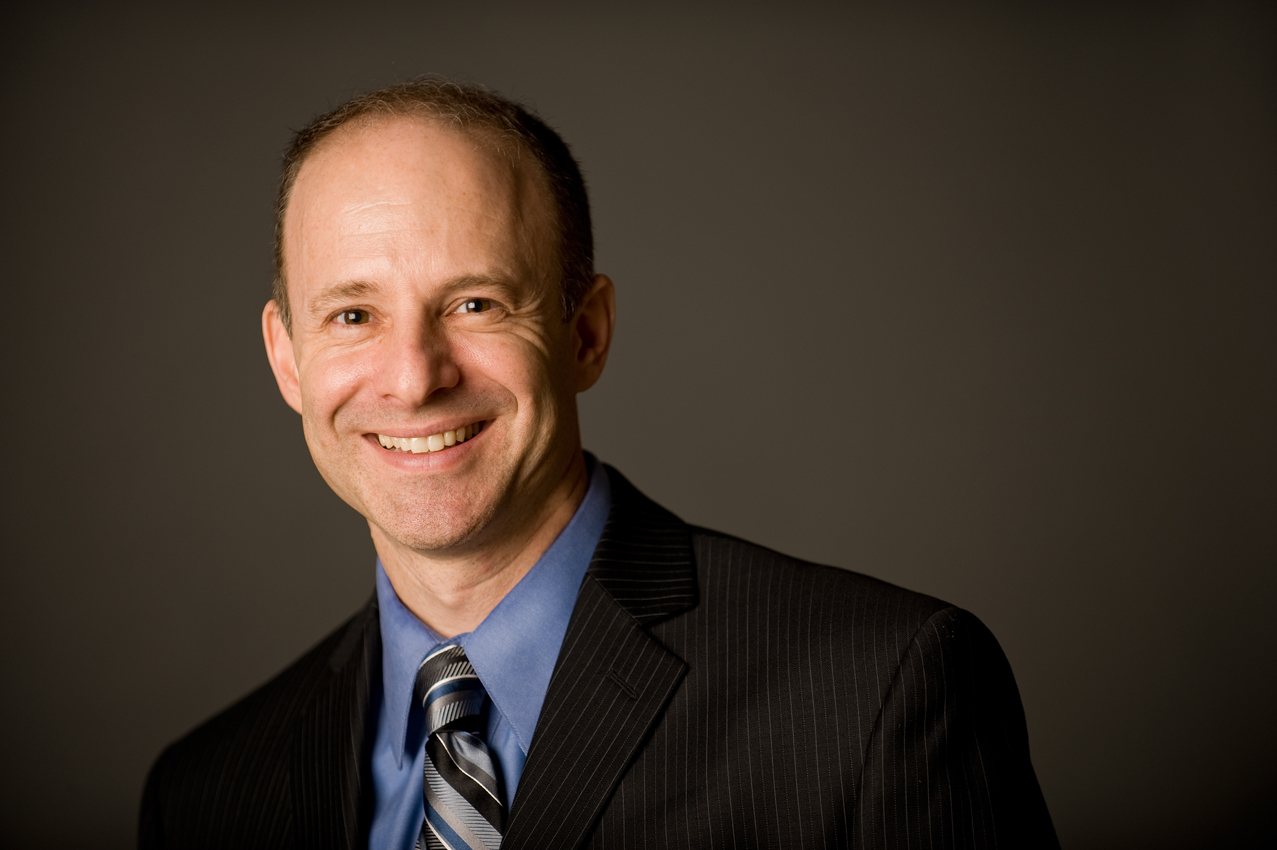Ten years on, NASA researcher Daniel Irwin — developer of the joint NASA-USAID SERVIR regional environmental monitoring program at NASA’s Marshall Space Flight Center in Huntsville, Alabama — remains a man of two realms. He’s committed to the Earth, but his defining work relies on technology in space.
A decade ago, Irwin was still in the early days of turning SERVIR — its name drawn from a Spanish word meaning “to serve” — into a busy network of scientists operating regional offices, or hubs, using Earth-observation satellites to identify impacts from climate or environmental conditions such as flooding, deforestation, wildfires, drought and other long-term hazards. This information could be shared in real time with governments and stakeholders throughout affected regions, enabling them to prepare for and limit the impact of disasters in the making, or rapidly respond to those already in progress.
Today, Irwin’s job as director of the SERVIR Coordination Office has gone global. A joint initiative of NASA, the U.S. Agency for International Development and partners around the world, SERVIR strengthens the ability of governments and organizations worldwide to use Earth observations and geospatial technologies to respond to natural disasters, manage water and improve food security, safeguard human health and protect and nurture natural resources.
On Aug. 31, NASA, USAID and the Asian Disaster Preparedness Center in Bangkok, Thailand, officially will launch the SERVIR-Mekong hub in Bangkok. Irwin will join NASA Administrator Charles Bolden and other key NASA and USAID leaders for the ceremony, ushering in a new era of land, food and water security for five countries along the Mekong River Basin: Burma, Cambodia, Laos, Thailand and Vietnam.
SERVIR regional hubs also operate in the Hindu-Kush-Himalaya region, based at the International Centre for Integrated Mountain Development in Kathmandu, Nepal; and in eastern and southern Africa, based at the Regional Center for Mapping of Resources for Development in Nairobi, Kenya. The first SERVIR hub, launched in 2005 in Panama City, Panama, served the Mesoamerican region and the Dominican Republic.
SERVIR and the Mekong Basin
Irwin is excited to bring SERVIR to the Mekong River Basin. “The lower Mekong faces numerous environmental challenges from a variety of rapid changes,” he said. “SERVIR can help those countries make more informed decisions to improve management of water and natural resources, land use planning, disaster risk reduction and infrastructure development.”
That’s particularly true, he noted, given the progressive nature of the region. “A lot of rural areas remain, but everywhere you look, there’s change afoot,” he said. “Fast-paced urban centers in Thailand and Cambodia, bustling night life in Vietnam — it’s amazing! Huge growth and modernization make this among the most exciting places on the planet right now.”

For these reasons, Irwin continued, high-tech modernization of the region’s environmental monitoring systems is more crucial than ever. At the same time, NASA’s newest Earth-science satellites, such as the Global Precipitation Measurement core observatory, offer high-tech improvements to our study of the planet.
“Now that we’re opening the SERVIR hub, we anticipate benefits to the region on a scale we could only imagine 10 or 20 years ago,” he said. “That’s the result of our growing global partnership, and I could not be prouder that NASA, USAID and our incredible regional partners are pioneering this effort.”
From space to playgrounds
When he’s not focused on bettering the world one continental region at a time, Irwin devotes significant time to improving lives on a much more personal scale. In 1993, when he first visited Guatemala to map local forests for a conservation organization, he fell in love with a rural village called San Andrés — and with local resident Julieta Puga, now his wife of 19 years and mother of Irwin’s two daughters.
Returning often to San Andrés over the years, Irwin was struck by the lack of resources for its 2,000 or more native children. In 1999, armed with donations and a grant from a non-profit firm, he and his partners built San Andrés a library. They added a cultural center in 2001. But something was still missing. Pondering the village’s ancient, derelict playground, years in ruin, it occurred to him that an entire generation of children was growing up without a place to play.

So in 2004, Irwin raised funds again. Soliciting help from a Guatemalan craftsman named Tito Chi, Irwin designed and — with his family’s help — built the massive Carlos Soza Manzanero Community Playground. Named for a mentor of Irwin’s who died of cancer in 2003, the playground served more than 3,000 kids from San Andrés and nearby communities.
“I realized from that first project that this — helping communities — was what I want to do for the rest of my life,” Irwin said. “And then I came to NASA and saw that we could help whole countries from the vantage point of space, and I realized this was also what I want to do with my life. SERVIR really aligned that vision from the past, standing in that village watching the hammers swing, knowing we could do something on a much larger scale.”
In fact, the only thing Irwin regrets about attending SERVIR-Mekong’s Aug. 31 opening is it conflicts with the planned grand reopening of the upgraded, expanded San Andrés playground. “Building playgrounds takes a lot of time and energy, but it is so worth it the minute we cut the ribbon and the kids charge in and start playing and laughing,” Irwin marveled. “That’s what keeps me connected, what keeps me grounded.”
What’s ahead for SERVIR
Never content to rest on his laurels, Irwin ticks off future SERVIR goals on his fingers: increased hub-to-hub exchange, enhancing knowledge and experience; continued work with USAID and other partners to open hubs in even more distant areas, expanding the network into a truly global monitoring system; and greater cooperation with government agencies and non-government organizations alike, embracing the needs and capabilities of each.
Irwin is reminded of a lesson his grandfather taught him as a child: “He said if you want to come up with really strong solutions you have to bring together different opinions, people with different perspectives, different views of Earth. That’s the core of SERVIR’s ‘space to village’ concept — different communities working together.
“The only way we can solve the really big problems is to accept new and different ways of resolving them, bringing together the best minds and sharing the load,” he continued. “With SERVIR, we do it from space, combining the horizontal and the vertical. That’s the sweet spot.
“We’ve had an amazing, unbelievable 10 years,” he said. “But now we’re about to take it to the next level.” Time to update the motto to “space to globe?” Perhaps not just yet. But when it happens, Irwin will still be at the helm. Still doing work he believes in.
And now and then, he’ll still be in Guatemala, hammer in hand. Still doing work he loves.
For more information about SERVIR, visit:



























